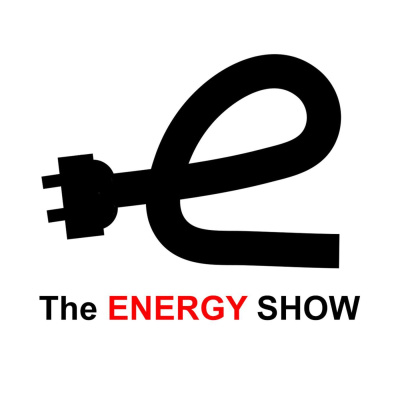Sinopsis
The Solar Energy Show, hosted by Barry Cinnamon, is a weekly 30 minute talk show that runs every Sunday morning at 11 AM on KLIV Radio in San Jose, and the Renewable Energy World Network. Every week Barry provides practical money-saving tips on ways to reduce your home and business energy consumption. Barry Cinnamon heads up Cinnamon Solar (a San Jose residential C-46 solar contractor) and Spice Solar (suppliers of built-in solar racking technology). After 10,000+ installations at Akeena Solar and Westinghouse Solar, hes developed a pretty good perspective on the real-world economics of rooftop solar -- as well as the best products and services for homeowners, manufacturers and installers. His rooftop tinkering led to the development of integrated racking (released in 2007), AC solar modules (released in 2009), and Spice Solar (the fastest way to install rooftop solar modules).
Episodios
-
Getting Started with Home Electrification
23/05/2023 Duración: 04minHow would you like to reduce your home energy costs, improve your health and comfort, and at the same time do your part to improve the environment? If your answer is “yes,” then listen to this week’s Energy Show episode. If your answer is “no,” then maybe you don’t need your share of the $10,000-$40,000 incentives that are available for your home. The concept of Home Electrification is simple: you replace gas appliances with electric appliances — either all at once, or as the old gas appliances stop working. But the whole-home electrification process can be daunting. You will need to evaluate the costs and incentives for each electrification measure, hire several different types of contractors, and then sort through their varying recommendations. The biggest barrier to Home Electrification is that people just don’t know where to start. So here is my recommended Three Step Electrification Process: * First, attack what I call the Low Hanging Fruit — mostly simple DIY changes like installing LED lighting, we
-
Lessons Learned Installing Battery Storage Systems
14/02/2023 Duración: 01h42minBatteries are becoming an essential part of home solar systems. With solar-connected batteries, homeowners can avoid paying peak utility electricity charges. Batteries can provide backup power during blackouts. And if you’re in California, after net metering ends in April 2023, you will need batteries to avoid peak electric rates. In the old days, automobile-style lead acid batteries were used for backup power and time-shifting energy use. I still have holes in my old blue jeans where battery acid splashed (my kids think they are fashionable now). Starting in 2016, lithium ion batteries became popular for home use. Now, over 50% of our customers are installing batteries with their solar systems. My guest on this week’s Energy Show is Magnus Asbo, Senior Director of Technical Marketing for SolarEdge. I’ve known Magnus for almost 15 years, starting when we worked together on the first AC solar module. He’s a wealth of knowledge when it comes to designing and installing practical battery systems. Some of the
-
What's an Atmospheric River.. and Why Should I Care
05/01/2023 Duración: 12minAccording to Wikipedia -- which has supplanted the Oxford English Dictionary and Encyclopedia Brittanica as the world’s definitive source of information -- an Atmospheric River consists of narrow bands of enhanced water vapor winds that form over the oceans. In plain English, Atmospheric Rivers are windy rainstorms that dump a huge amount of water in a relatively short time. They account for about 50% of annual precipitation – so these storms are critical to reducing California’s current drought conditions. Since our crews work on rooftops, we’re very concerned about rooftop safety. As a result we always look at forecasts when planning rooftop work for our customers. This morning I noted that significant rain is projected for eight of the next nine days. In over 22 years of installing solar in Silicon Valley I have never seen such a severe and extended series of storms. The National Weather Service is predicting that this next atmospheric river storm will be as bad or worse than the recent New Year’s Eve d
-
Top Ten Residential Solar Questions
04/05/2013 Duración: 22minIn our opening Energy Show we discuss frequently asked questions about residential solar.












